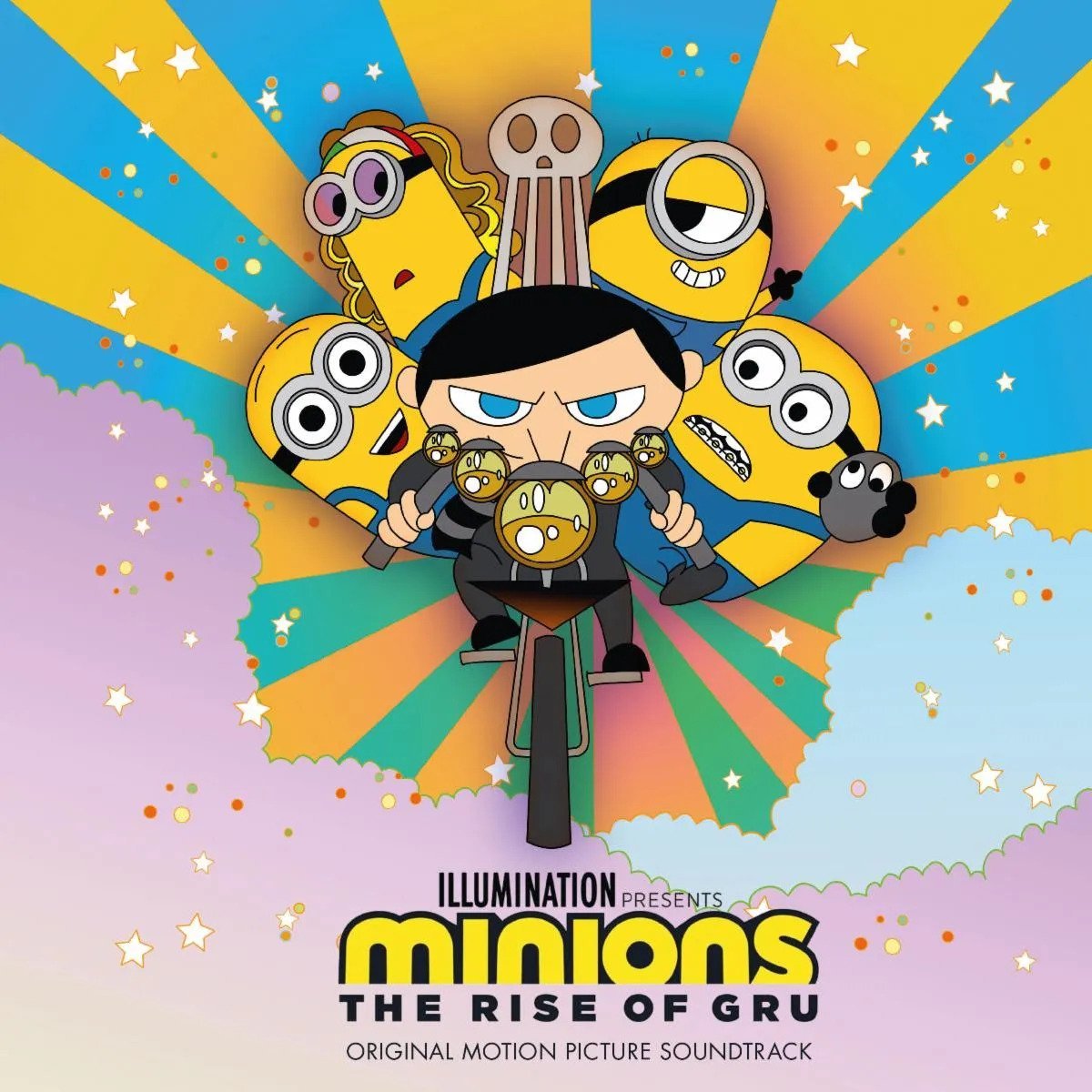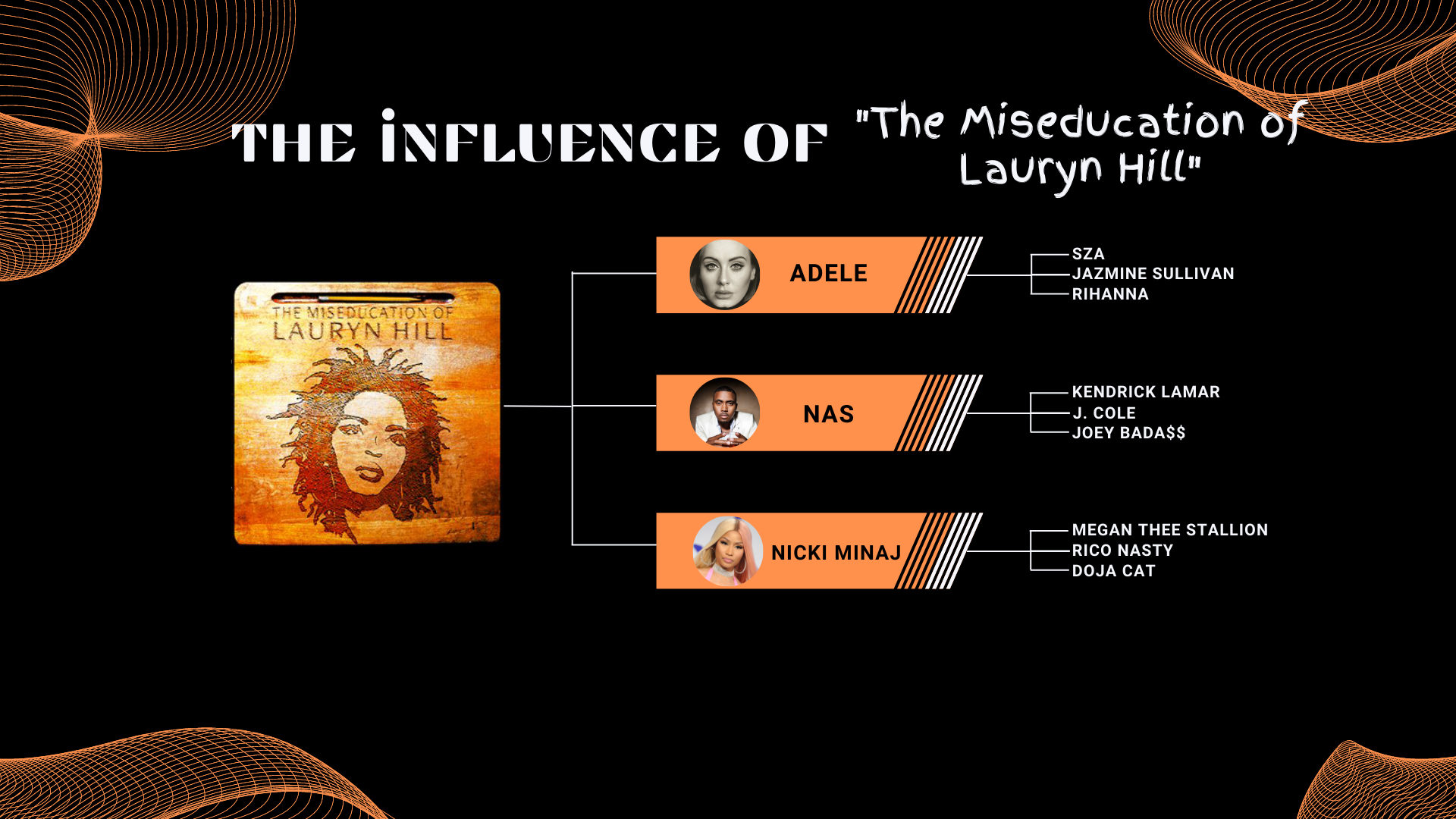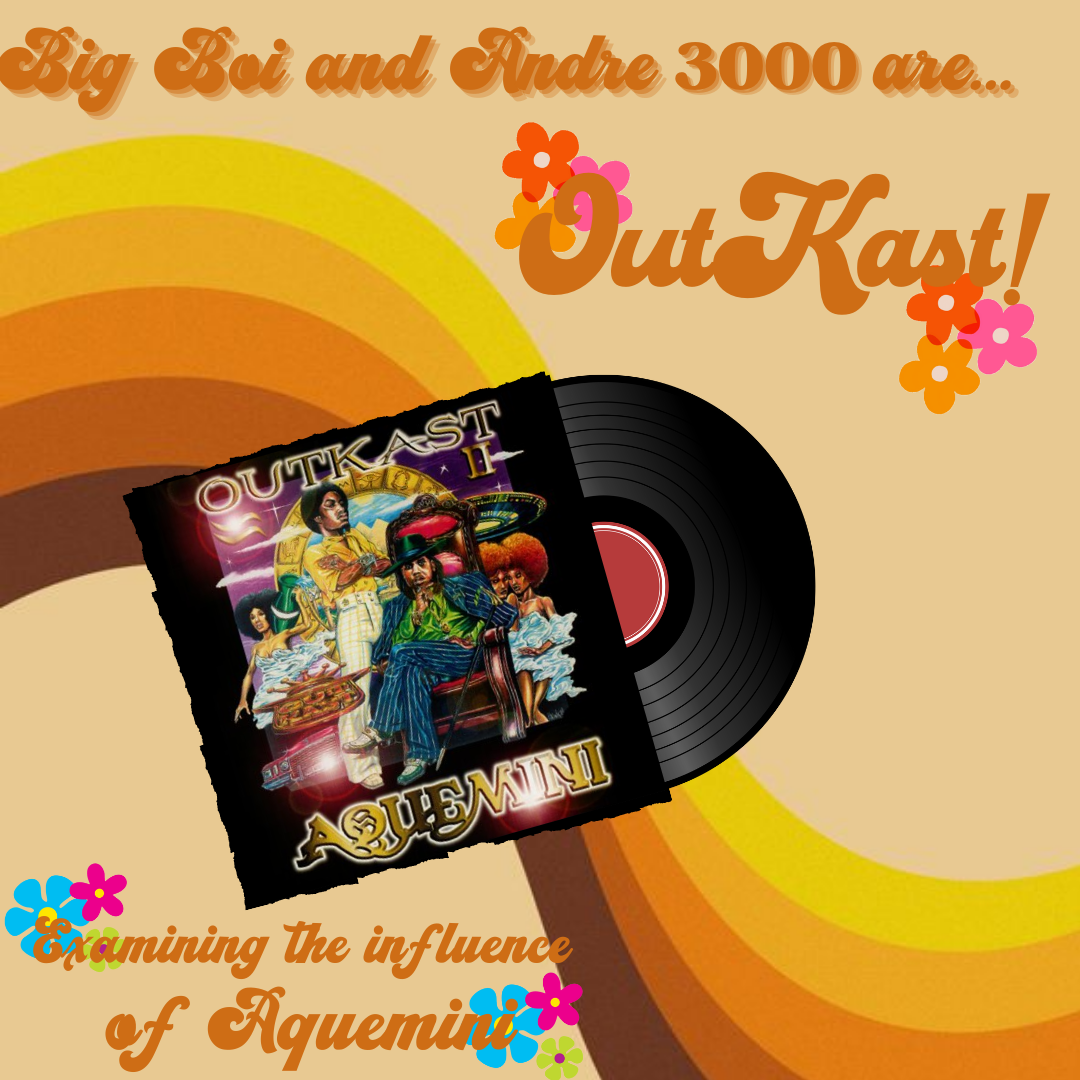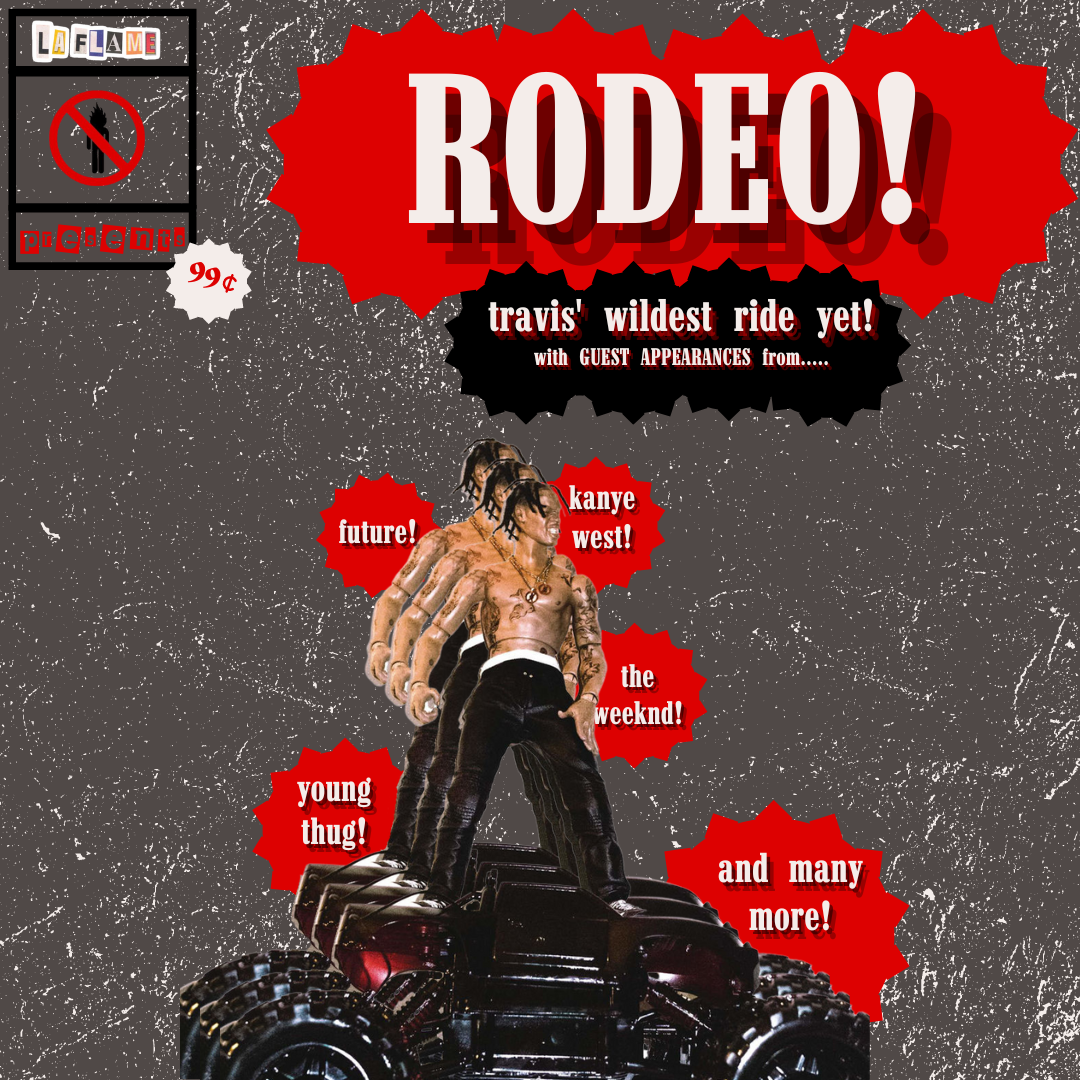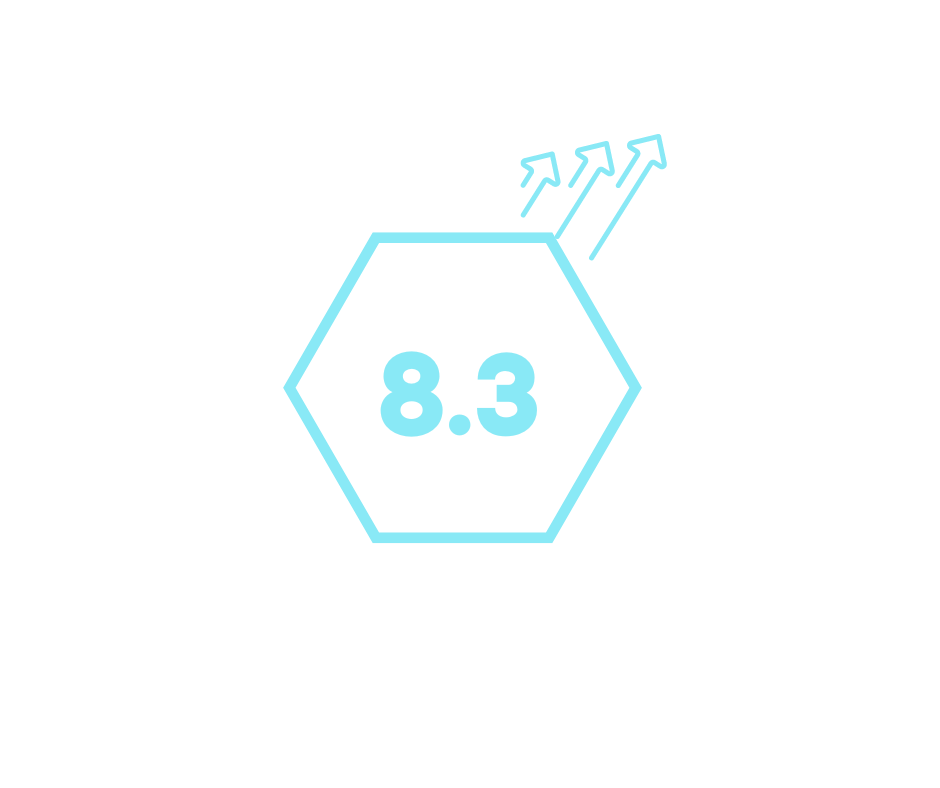Curating Consistently Remarkable Raps: “Peace ‘Fly’ God” by Westside Gunn reviewed
by Luke Modugno
The role of a curator is that of immense importance. They are tasked with manifesting a feeling, manufacturing a profound message and fashioning a space, project or exhibition to radiate a specific cognitive sensation.
Westside Gunn embodies what it means to be a distinguished curator of rap music, something that was made palpably clear on his latest record Peace “Fly” God.
The Griselda boss’ rapid output has slowed to halt in 2022, with the majority of his focus likely on his forthcoming studio album Michelle Records, set to be released at some point this year. Before the arrival of Michelle Records, Gunn has decided to bless fans by digging into the vault to unleash some loosies.
Peace “Fly” God is a classic Westside Gunn experience. A star-studded lineup of producers assisting him in locating his signature grimey, rugged sonic palette, grandiose raps that are personified by esoteric luxury and streetwear brand flexes, and who can forget the famed Westside Gunn adlibs?
Juxtaposing flipping packs on the corner with now “looking like a Margiela model at the Guggenheim,” perhaps the track “Big Ass Bracelet” is the quintessential model of a flawless Gunn record. Pushed along by a dusty 70’s soul sample that suits his eccentric delivery, wordplay and adlibs swimmingly, “Big Ass Bracelet” is a clear standout on Peace “Fly” God. The song is also vastly benefited by its guests, Keisha Plum and Griselda newcomer Stove God Cooks.
Appearing on four of the ten tracks, Stove God continually shows throughout Peace “Fly” God that he is undoubtedly destined for underground stardom. On the Madlib-produced “Horses on Sunset,” Stove God’s menacing, drably delivered hook drapes smoothly over the gloomy piano and drum loop. His tone injects energy on “Derrick Boleman,” sprucing up Madlib’s drumless, contorted violin loop. Stove and Gunn have evidently formed a chemistry, as their pairing across this record produces excellence. In some instances, Stove God completely steals the show (“Horses on Sunset”). Along with Peace “Fly” God being a thrilling preview for Michelle Records, it simultaneously acts as yet another reason to keep your eye on Stove God Cooks.
With Peace “Fly” God, it seems that Gunn has found a fortuitous balance of experimentation and consistency. While he’s keeping his foot on the pedal, moving the needle in terms of molding the sound of the underground on tracks like “Danhausen,” Gunn also understands and plays to his strong suits on songs like “Big Ass Bracelet.”
Perhaps the only two reasons to be a detractor of Peace “Fly” God comes with the project’s opening tracks. “Jesus Crack” is a bloated mess made worse by a subpar feature from Estee Nack that spans three minutes. “Ritz Barlton’s” stumbling piano sample paired with Nack’s off-beat delivery fits like a square peg in a round hole, creating a nearly unlistenable song.
Additionally, in favor of fast-tracking the release of the project, Gunn elected to forgo mixing and mastering Peace “Fly” God. While this is abundantly clear during the forever-humorous Cussing Pastor’s outro on “Derrick Boleman'' and “Flip V. Phil,” Gunn doesn’t sacrifice much here by skipping that part of the process. After all, Griselda has built an empire on that same trademarked jagged-edged sound.
For now, Westside Gunn has presented yet another quality body of opulent coke rap music with Peace “Fly” God. Defined by its peaks and valleys that ultimately restrain it from being considered among elite Gunn projects, if Peace “Fly” God, is constructed of the throw-aways of Michelle Records, we are in for a treat when Gunn chooses to drop it.
favorite tracks:
Big Ass Bracelet (feat. Keisha Plum & Stove God Cooks)
Horses on Sunset (feat. Stove God Cooks)
Derrick Boleman (feat. Stove God Cooks)
Luke Modugno is the editor-in-chief.
Thanks for reading! Make sure to follow us on Instagram to stay up-to-date on the latest music news!
















